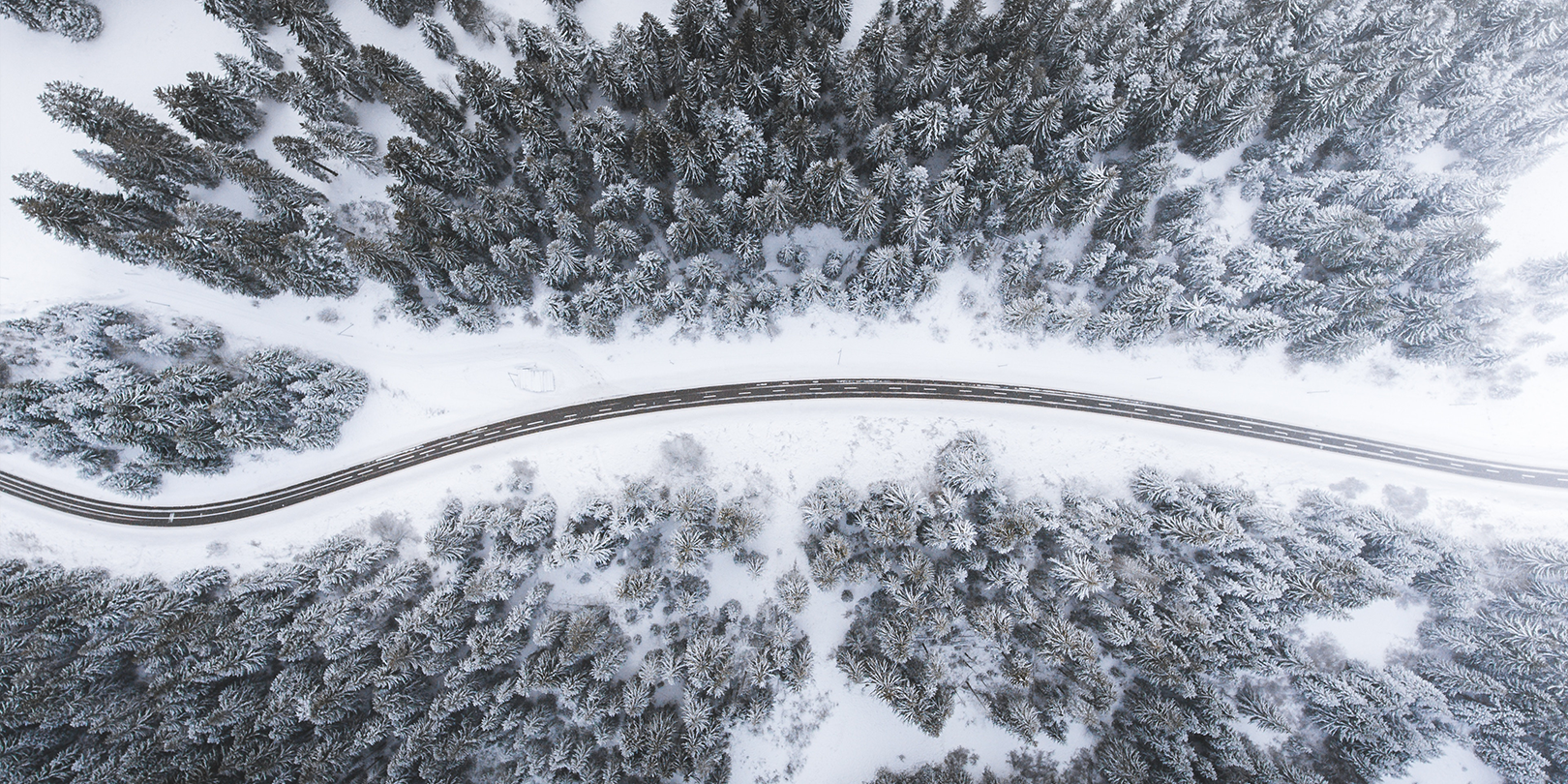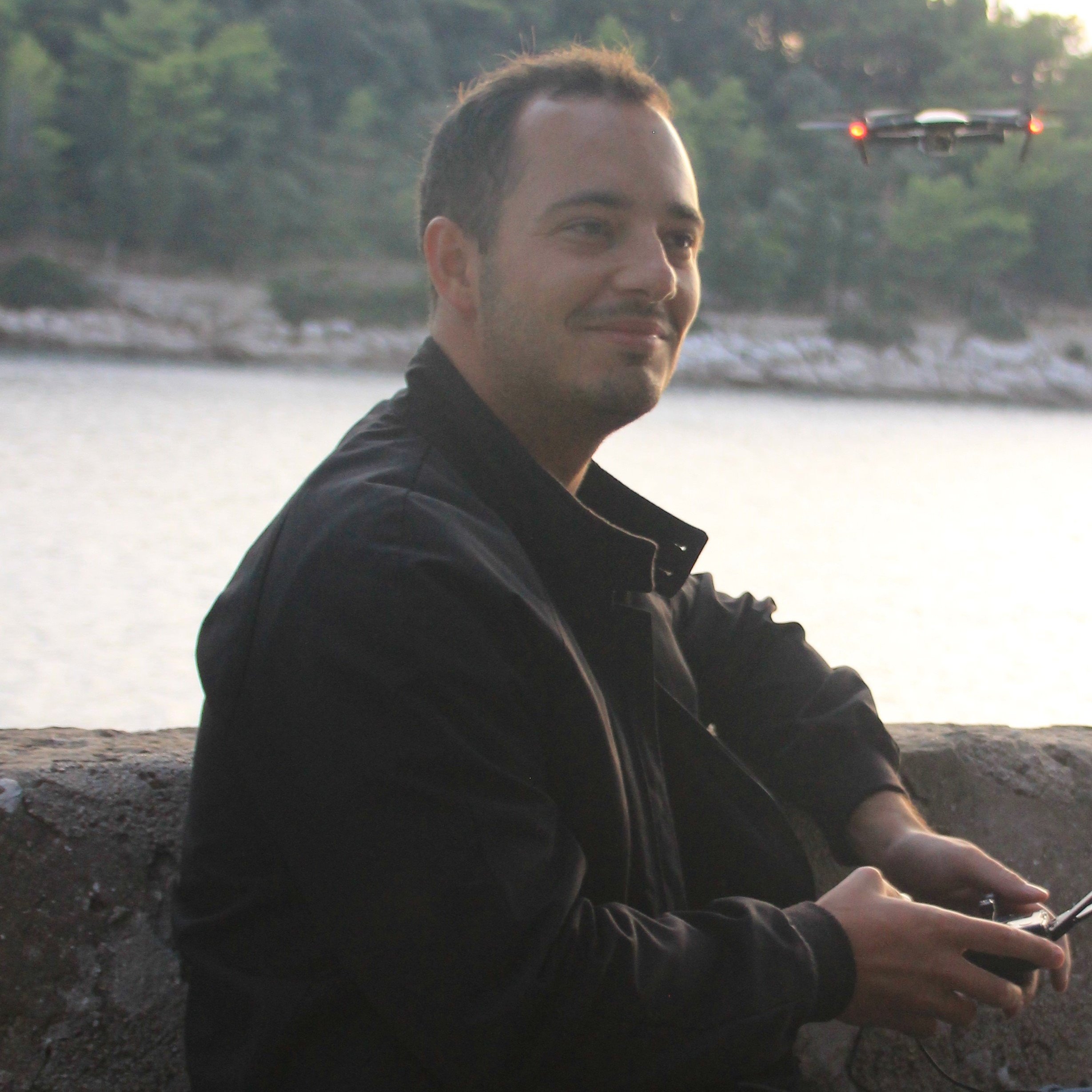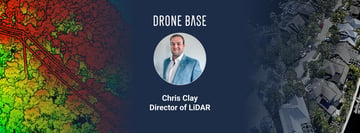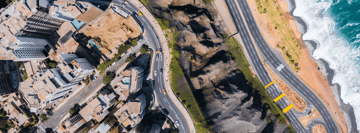In many ways, winter is the perfect season for aerial photography. The light is at its best, landscapes transform and occasionally the elements will work in your favor. But taking to the skies in the winter months comes with its challenges, too. Here are a few practical steps you can take to make the most of your drone over the festive season.
Keep warm
It's an obvious one, but being dressed for winter conditions is a must. The last thing you want to be doing is adjusting your clothing once your drone is in the air.
The most important thing to consider is buying a pair of touchscreen gloves. These will keep your hands warm and make sure numb fingers from the cold don't become an issue - without interfering with your ability to fly.
Prepare for the worst
If you're flying for fun or on a job in the winter months, you need to prepare for the worst. Expect the weather to turn at a moment's notice and consider planning more than one landing spot in case the conditions change.
With the weather being such an important factor, planning flights days, not hours, in advance is probably your best bet.
That level of preparation should also go down to the details of your kit, too. The vast majority of drones on the market aren't designed to withstand wet weather. But batteries can also perform differently in cold temperatures.
Before setting out for a winter shoot, make sure that all your batteries are fully charged and that you have plenty of spares to hand. Older batteries can be unreliable in cold conditions, so give your kit the best chance to perform by keeping it protected from the cold while you can. Little things, such as keeping your gear in the back seat of your car rather than the boot, can make a big difference to performance.
You can also buy insulation stickers for some drones, such as the DJI Inspire 2. These provide extra protection from the cold and can give you a few extra percentage points of performance in freezing conditions.
Stay dry and stay safe
It's another obvious one, but keeping your drone dry should always be the priority when flying in winter. That doesn't simply mean not flying in the rain. It also means being careful about your take-off and landing points.
Consider buying a launch mat to keep your drone dry when taking off and landing. Also keep a towel close by in case you need to wipe off any rain or condensation after a flight.
Wind is another important factor. Winter often brings high wind speeds, so take those into account before you take off and while you're flying.
Aside from the weather, keep an eye on your battery temperature and voltage when flying in the winter.
If you're using an application like DJI GO 4, this information can be found in your battery settings. Voltage is shown in a color-coded system of red, amber and green - Anything below 3.2 volts is usually in the red. Optimum battery temperature may vary depending on which drone you have; you can check that in your manual.
Making the most of your time in the sky
With all the safety steps covered, think about how best you can use the light and the landscapes of winter in your aerial photography. Time lapses look great with snow, blue skies, and clouds. But there are plenty of ways you can get creative with winter scenes.
Why not consider getting an ND filter or two? Having a few filters to choose from can give you more flexibility when shooting in winter's bright light conditions.
Instead of pushing up your shutter speed to properly expose the scene in front of you, a neutral density filter lowers the amount of light that reaches the camera and gives you more creative freedom.
All set to take on the elements and shoot some magical winter scenes? Become a DroneBase pilot today and find out how you can earn as you go!





